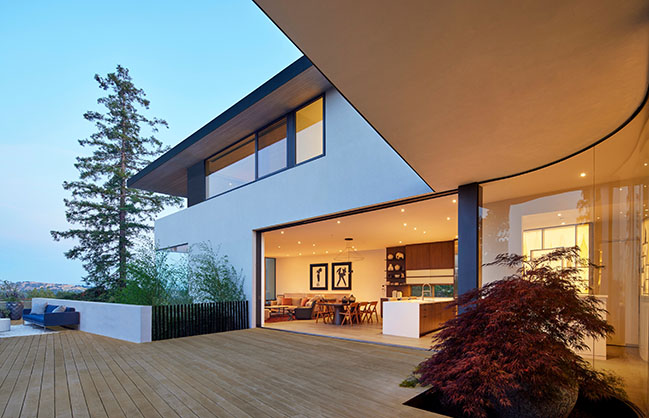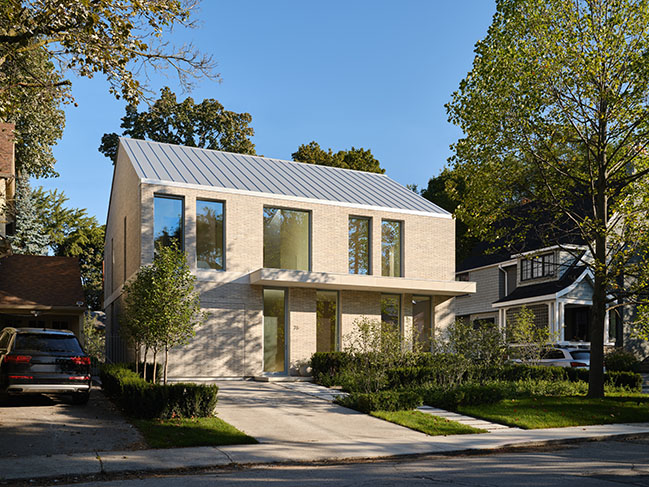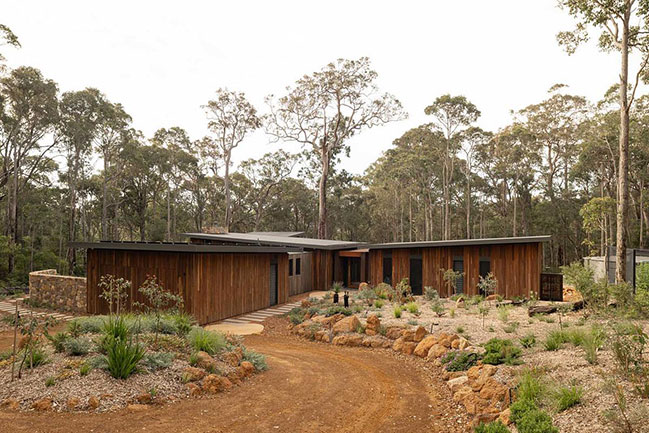10 / 11
2023
How a sustainable home takes advantage of its exceptional ravine site, exemplifying a light-touch approach, dubbed ”viable sustainability” to give this home another 100-year lease on life...
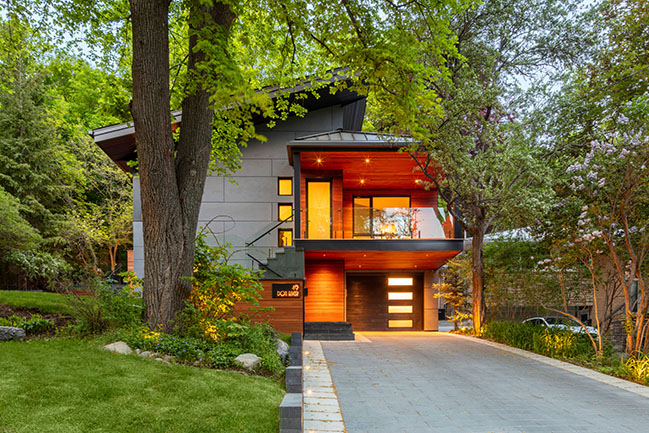
> Les Courcelles By _naturehumaine
> Shefford House By Atelier BOOM-TOWN
From the architect: Dewson Architects present Sylvan Living, a mid-century split-level home in North York with a new and sustainable lease on life. Building anything in a city like Toronto is well-known to be a challenge. The cost of land, the regulatory environment, and inflated construction budgets make delivering a quality product on time, and on budget, a tall order.
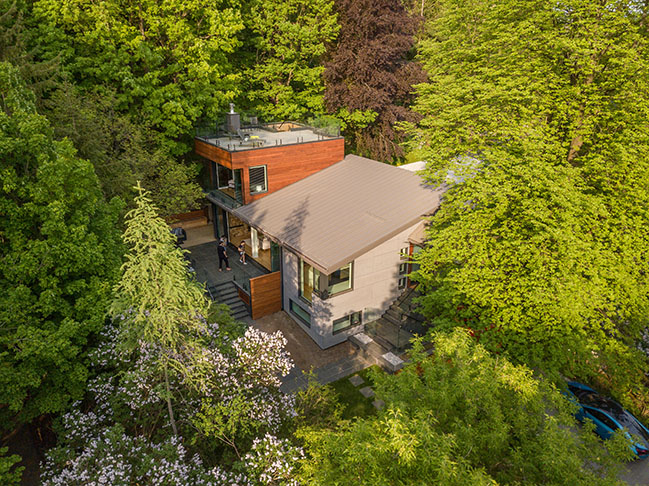
Throw a whole list of regulatory requirements into the mix to appease the client's desire to build a home that is both gentle on the environment and reflective of their taste and personalities. All of that comes together on a very unique site abutting protected parkland, providing a recipe for a complex, challenging project that would make lesser architects run for the ravines.
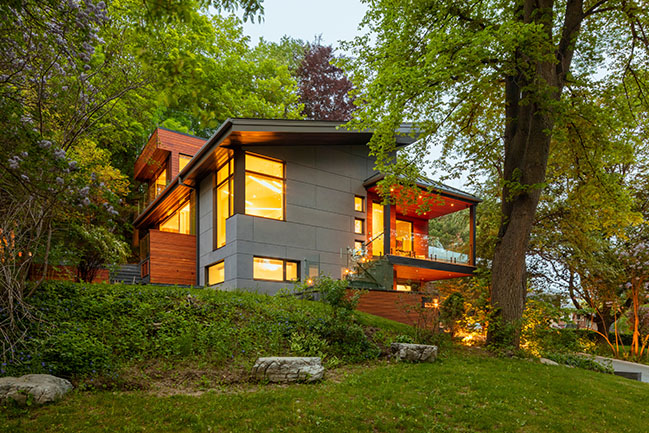
But not Dewson Architects, a firm very much used to complex, challenging projects with numerous stakeholders, with equally numerous regulatory requirements. After renovating multiple centenarian, heritage-protected homes in Rosedale, and building a new house on a 100-year floodplain in Etobicoke, designed to be both viably sustainable and to last for generations, they were up to the challenge of renovating this mid-century, homely split-level in North York, near Bathurst and Sheppard.
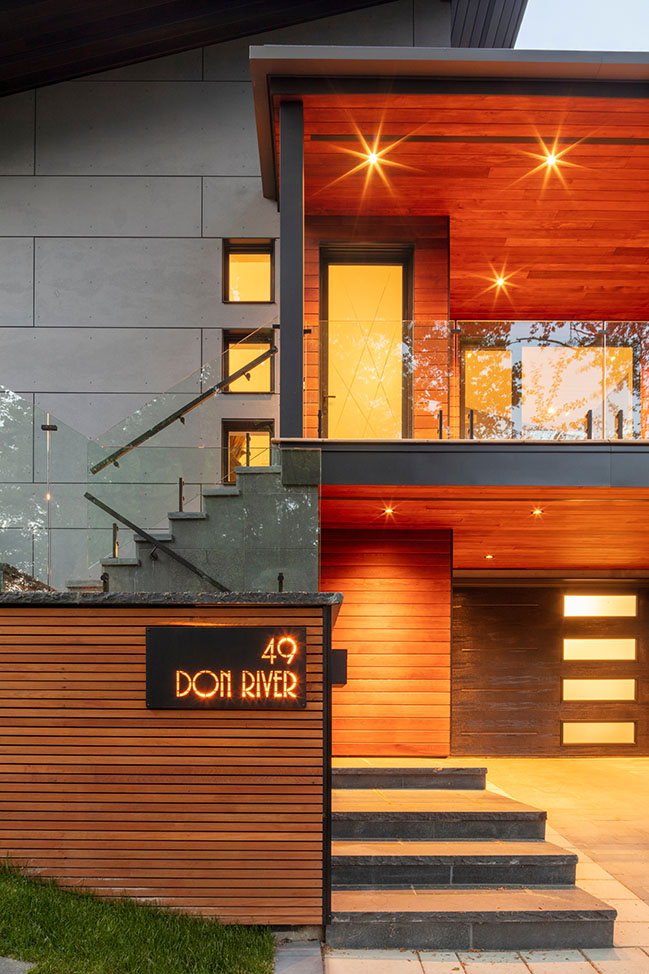
The architects’ focus on this project was fourfold:
1. Renovate a pedestrian, nondescript home that blatantly failed to capitalize on its exceptional site bordering a ravine, into a comfortable and luxurious home connected to nature.
2. Fulfill all regulatory requirements, including satisfying the TRCA (Toronto Regional Conservation Authority) which has jurisdiction over the site.
3. Make the renovated home as sustainable as possible while staying within the budget constraints.
4. Give the house another 100-year lease on life by designing a home that is meant to last.
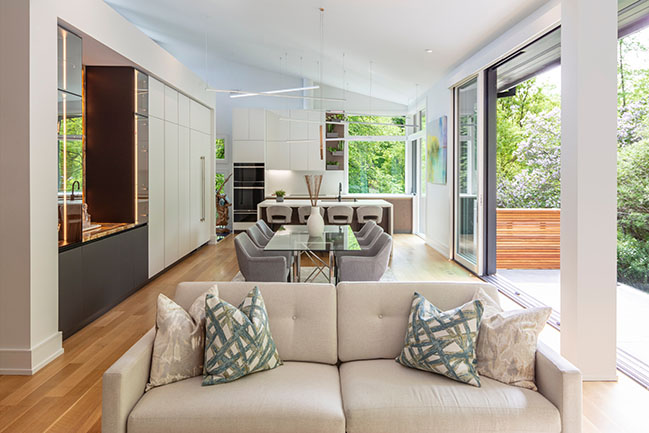
Design-wise, the architects functionally flipped the program to de-emphasize the original design's orientation and connection to the street. Instead, they opened the living spaces to the side yard, giving the interiors an unparalleled view and functional connection to the ravine landscape beyond the property lines.
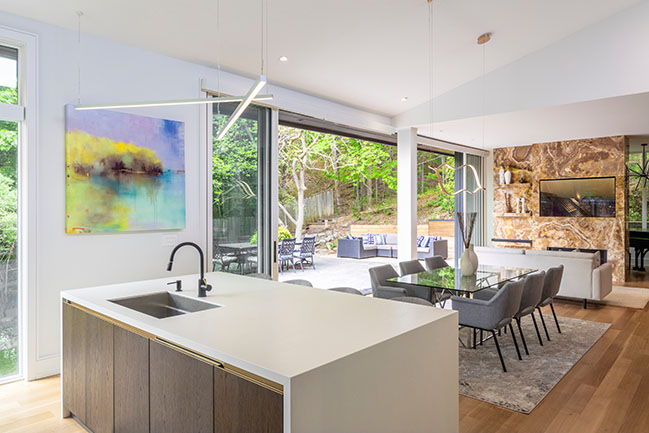
All principal living spaces were relocated on the main floor to take advantage of this connection to nature, while the master suite was designed as a small second-floor addition, giving the impression of living in a luxurious tree house, thanks to large floor-to-ceiling sliding doors blurring the indoor-outdoor boundary. Lastly, the architects fought for permission to add a rooftop terrace that expands the house’s space outside in the summer, while taking in breathtaking views onto the surrounding landscape.
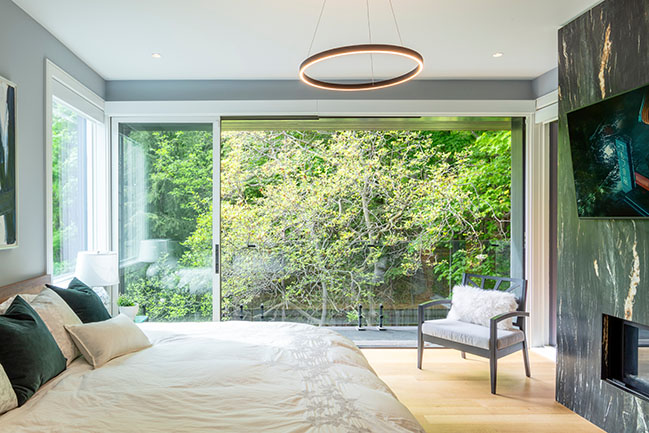
From a regulatory standpoint, the design was constrained by the requirement to build within the existing home’s footprint, and to reuse its preexisting foundation. That required extensive underpinning, shoring, and slope stability work in order to ensure that the renovated home would last for another 100 years, while keeping up with the code and zoning requirements, thus maximizing the healthy, yet limited budget.
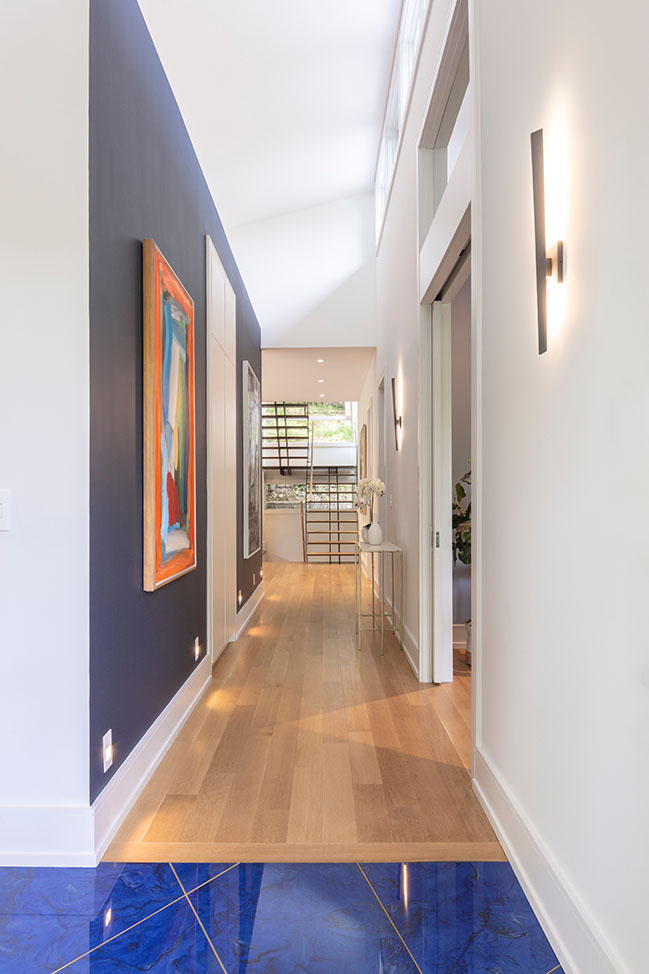
The design team managed to fit a number of sustainable features, such as:
• Passive ventilation that allows for air-conditioning-less cooling on all but the hottest days.
• Building an airtight envelope to minimize cooling and heating loads. The home ended up having an ACH (air changes per hour) of less than 1, vs. the code-minimum of 2.5.
• Reusing as much of the foundation as possible to minimize cost and reduce the embodied energy of the project.
• Designing a high-performance envelope, with little to no thermal bridging, high insulation ratings, and triple glazed windows that allow breathtaking views into the ravine while greatly reducing heating and cooling losses. These windows are covered with heavy roll-down blinds at night that further reduce losses.
• Turning the main orientation of the house from the street to the shaded side yard, increasing the connection to the outdoors, and limiting solar gain on the southwest-facing facade.
• Using materials, such as the durable cement cladding that will require little maintenance and last for decades.
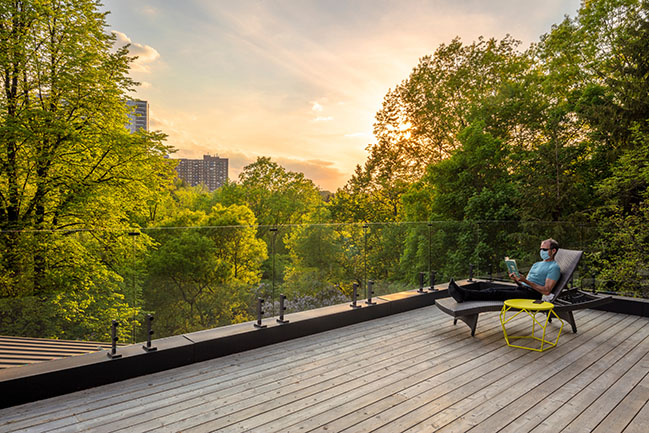
Dewson’s approach to architecture is what they’ve dubbed “viable sustainability”: looking beyond the strictly environmental performance of a building to consider all aspects of its impact, such as cultural (in the case of rejuvenating centenarian homes), and financial (building within the client’s budget constraints).
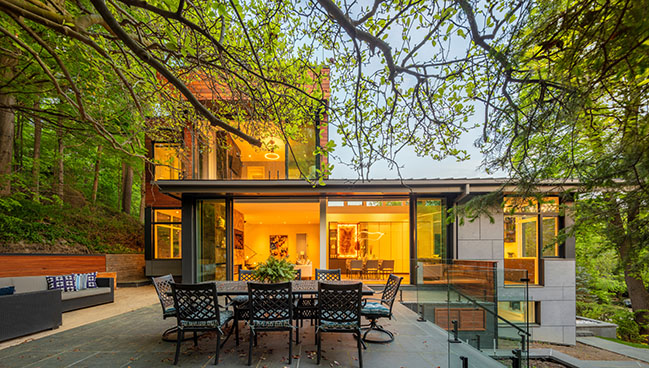
As stated by Bill Dewson: "A truly sustainable project takes into account the environment, the stakeholder's needs and wants, and the financial constraints. We get things built by finding the sweet spot in all three aspects."
Their approach is akin to that of a chef: carefully measuring every input to make sure that the output is optimal and corresponds to their client’s specifications, while adding the “je-ne-sais-quoi” that makes each project special.
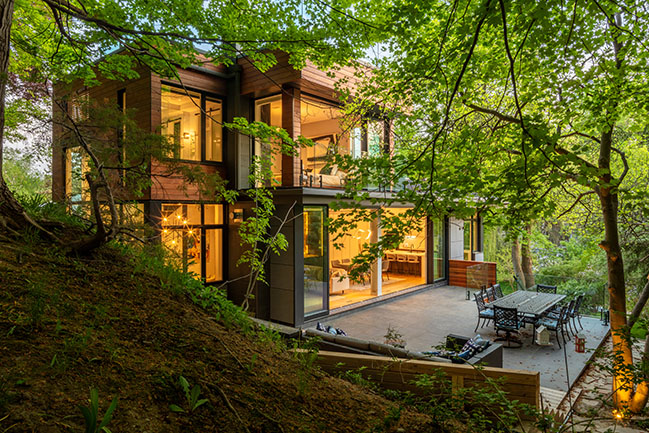
Architect: Dewson Architects
Location: Toronto, Canada
Year: 2021
Size: 357 sqm
Structural Engineer: Revive Structural Engineering
Contractor: Fairside Homes
Photography: ©2021 RVLTR / A. Marthouret
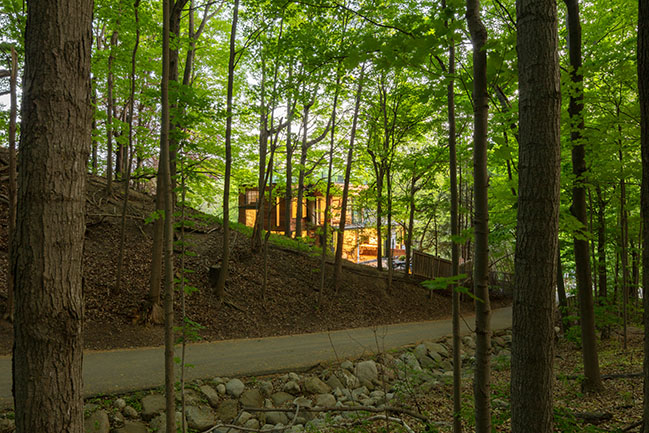
BEFORE RENOVATION:
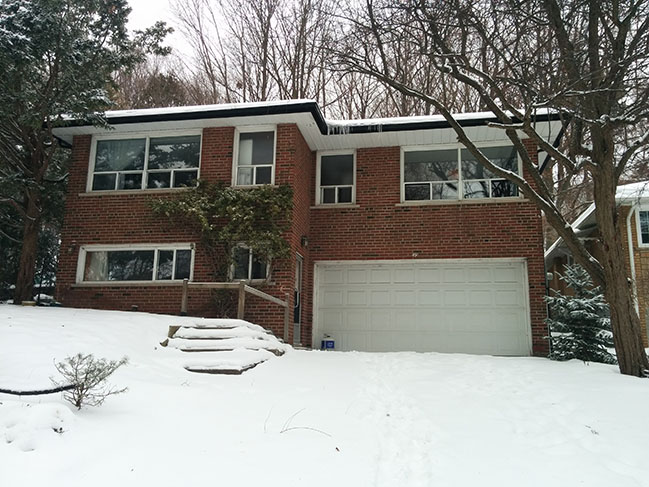
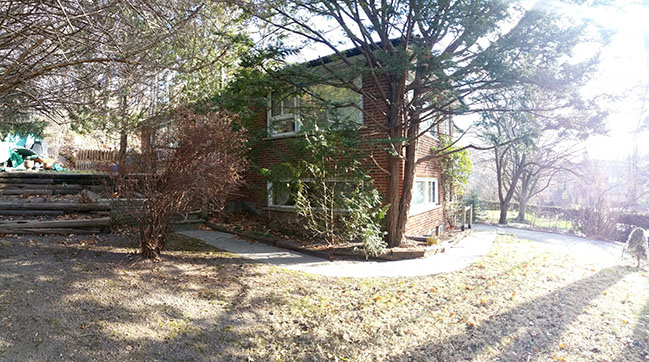
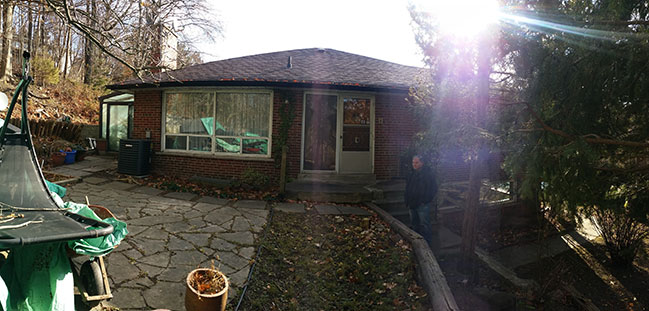
Sylvan Living by Dewson Architects
10 / 11 / 2023 Dewson Architects present Sylvan Living, a mid-century split-level home in North York with a new and sustainable lease on life...
You might also like:

